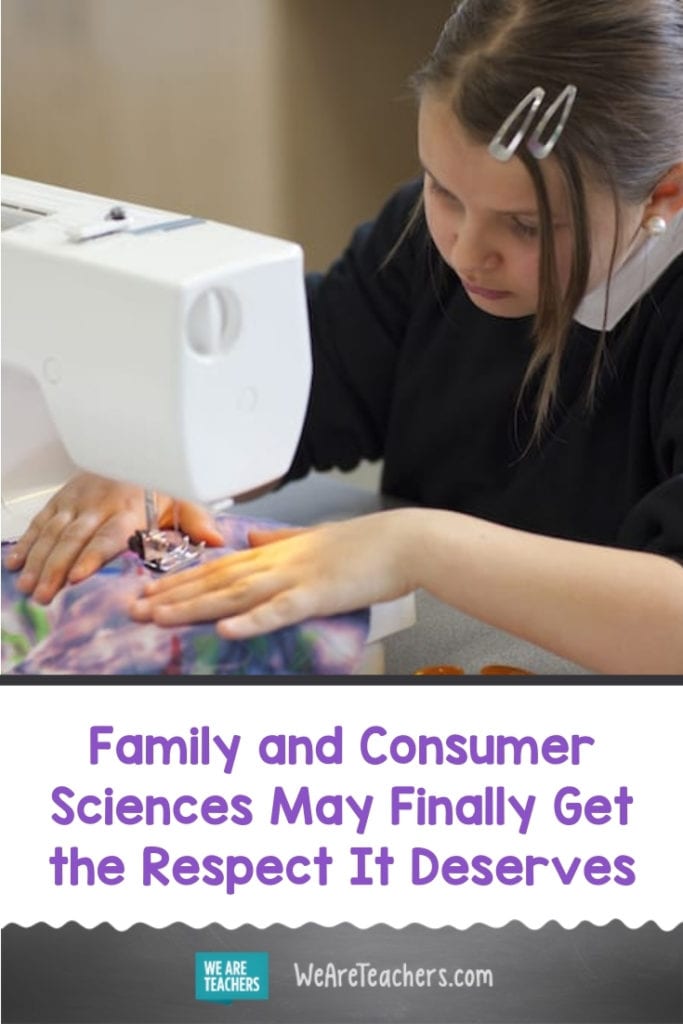I took my generation’s version of home economics (we called it Home and Family Life) in ninth grade. It was a great class. I learned how to make pizza from scratch, sew a pair of boxer shorts (all the rage for all kids in the ’90s), and take care of a baby (technically an egg, but I learned a lot). But those types of classes are rapidly disappearing from the American curriculum. And at a time when more kids are home than ever before, we need to bring family and consumer sciences back.
Where did home economics go?
The creation of home economics is usually credited to MIT instructor Ellen Swallow Richards. Richards studied how to make home life more efficient, applying scientific principles to domestic topics. What began as a women-dominated field ended up as a requirement for all students by 1970, recognizing that everyone could benefit from learning to sew, cook, and balance a checkbook. But in recent years, thanks to increased emphasis on testing, a lack of qualified teachers, and the stigma around home ec, family and consumer sciences in schools has steadily declined.
[contextly_auto_sidebar]
What kids are missing out on
When kids don’t get instruction in home sciences, they miss out on valuable life skills. This is one subject area where their perennial question, “When am I ever going to use this?” has such an easy answer. Kids these days can solve complex mathematical problems and understand themes in classic literature, and that’s important, but so is “real world” knowledge. When students graduate from high school, they should just as easily be able to prepare a meal, create and follow a budget, and run a household as do a qualitative chemical analysis.
Why it matters now
With so many students learning from home, these skills are super relevant. Working parents may be relying on their kids to take care of their own meals or prepare dinner for the whole family. For families dealing with job loss, learning about finances can help kids understand why new shoes aren’t in the budget right now. We also have students caring for younger siblings (sometimes on their laps during virtual learning!) who could use some tips and tricks to calm a crying toddler or fix a bottle.
I know a lot of folks think this kind of thing is the job of parents, but not every child can count on that. And especially now, when families are stretched thin, we should be doing our part to set our students up for success both in this moment and for the future. And that means prioritizing this kind of practical learning and bringing family and consumer sciences back into the academic fold as a valued part of education.
What are your thoughts on the value of family and consumer sciences—especially now? Come share in our WeAreTeachers HELPLINE Facebook group.
Plus, 16 Everyday Activities That Count as Learning.


